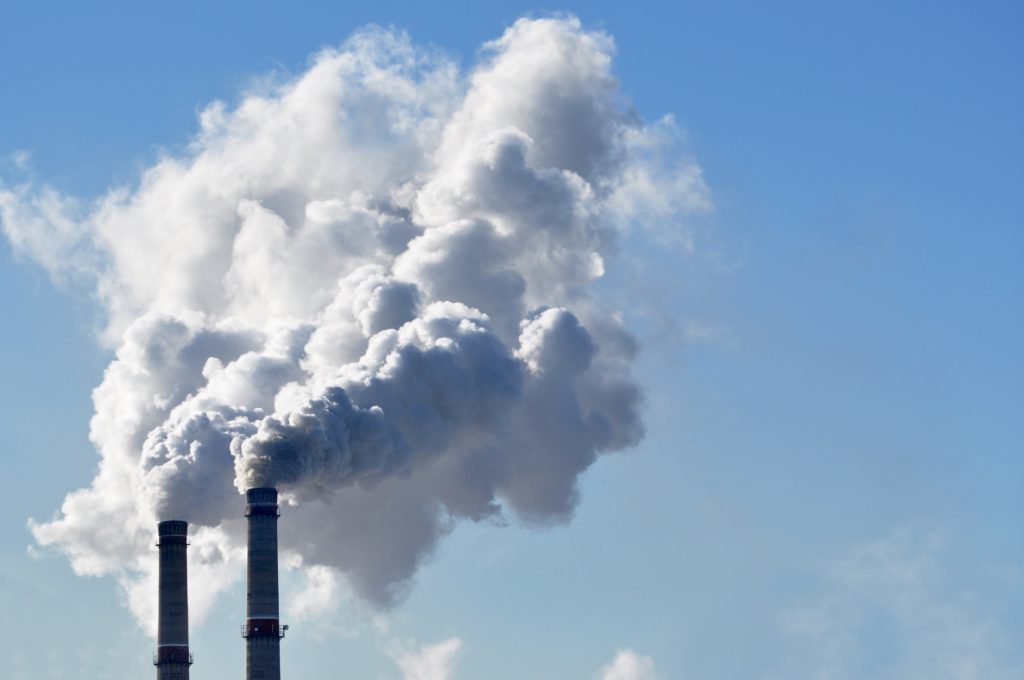Stronger limits could prevent nearly 150 premature deaths in Wisconsin every year.
Clean Wisconsin is urging the Environmental Protection Agency (EPA) to adopt tougher standards for harmful air pollution through its so-called “soot pollution” rules, or National Ambient Air Quality Standards. The standards regulate dangerous fine particulate matter air pollution (PM2.5) that often comes from power plants and other heavy industry. The agency recently issued draft standards which are lower than those currently in place, but Clean Wisconsin Energy Manager Ciaran Gallagher says they fall far short of what’s needed to protect the health of Wisconsinites.
“An even stronger PM2.5 annual standard would have huge consequences for public health in Wisconsin,” she says, noting that six Wisconsin counties—Outagamie, Waukesha, Grant, Eau Claire, Milwaukee and Dane—currently do not surpass the EPA’s proposed limit of 10 micrograms per cubic meter but would be affected by a stronger standard.
“This type of air pollution is so dangerous, it is actually costing lives. That’s why Clean Wisconsin and many other environmental and health advocates are pushing for a tougher standard of 8 micrograms per cubic meter. If those limits are put in place and followed, it would prevent nearly 150 premature deaths in these Wisconsin counties every year,” she says.
Fine particulate matter, sometimes called soot, penetrates deeply into the lungs and is associated with increased risk of asthma, heart attack, stroke, and premature death. In her comments submitted to the EPA last week, Gallagher pointed out that the burden of this type of air pollution does not fall equally.
“Here in Wisconsin, people of color are exposed to 26% more PM2.5 pollution than the statewide average, representing the third largest such disparity in the country,” she wrote.
After reviewing comments, the EPA will finalize its National Ambient Air Quality Standards later this year.

